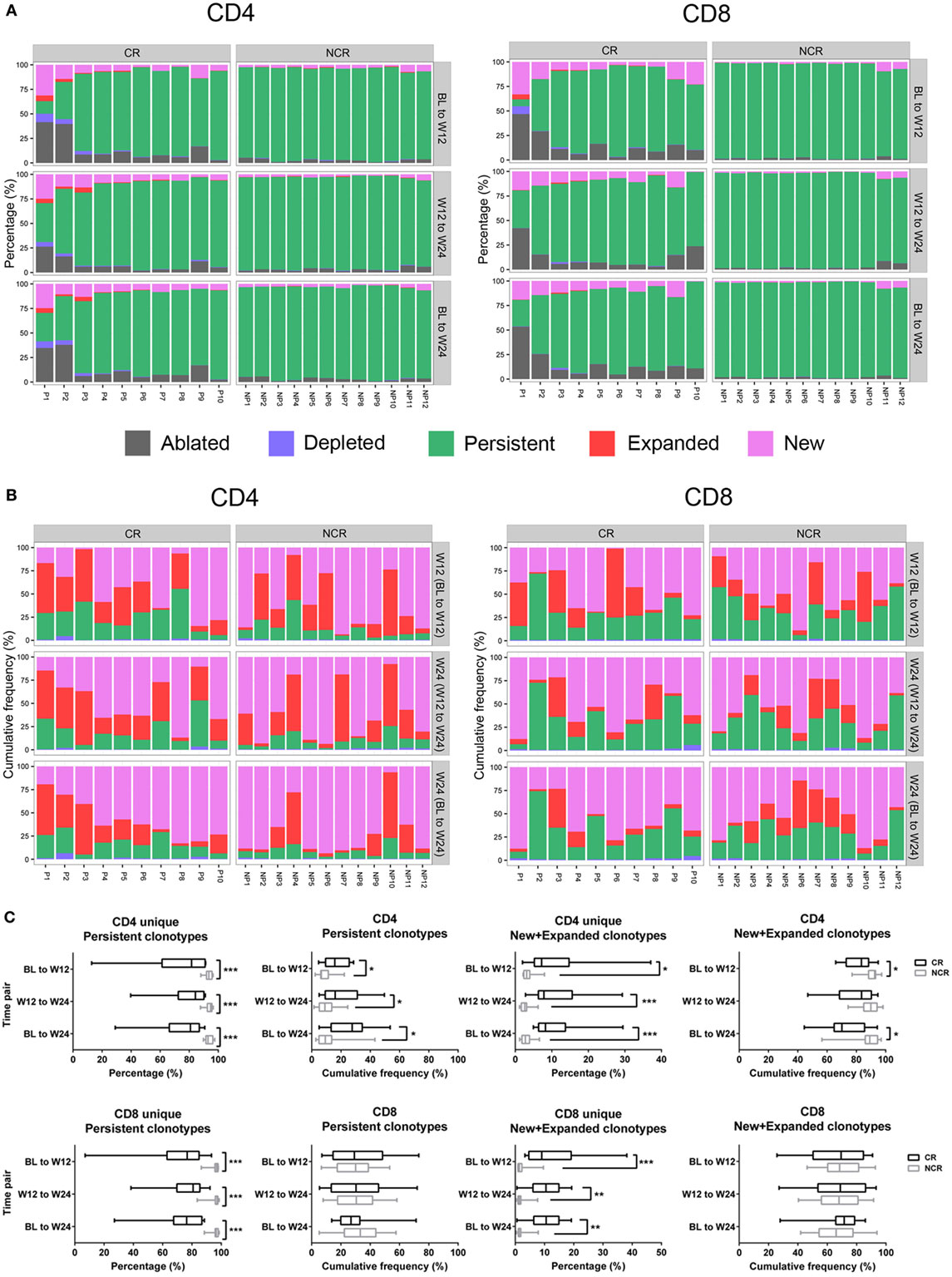

Since normally both ventricles receive the electrical impulse at the same time, the normal QRS complex is relatively narrow (generally less than 0.1 second in duration.)įigure 3 – Normal Bundle Branch Conduction In this image of a normal ECG, the QRS complex represents the electrical impulse as it is being distributed, via the bundle branch system, throughout the ventricles. When the bundle branches are functioning normally, the right and left ventricles contract nearly simultaneously.

The right and left bundle branches send the electrical impulse to the right and left ventricle, respectively. From the His bundle, the electrical impulse enters the two “bundle branches” (the right and the left). Leaving the AV node, the electrical impulse penetrates into the ventricles via the His bundle. To summarize, the heart’s electrical impulse originates in the in the sinus node in the upper right atrium, then spreads across both atria, then travels through the AV node. The bundle branches are an important part of the cardiac electrical system, the system that coordinates muscular contraction to assure that the heart works efficiently as a pump.įigure 1 – The Normal Electrical System: AVN = AV node, His = His bundle, RBB = right bundle branch, LBB = left bundle branch, RA = right atrium, RV = right ventricle, LA = left atrium, LV = left ventricle What are the bundle branches, and what do they do? In this article, we will review bundle branch block, its significance, and its treatment. Sometimes BBB itself needs to be treated sometimes it indicates significant underlying cardiac disease that needs to be treated and sometimes it has so little significance that no treatment is necessary at all. Fogoros, M.D., Guide, November 26, 2003, that I reprint here:īundle branch block (BBB) is a relatively frequent finding on the electrocardiogram (ECG). Such conduction delays may be due to myocardial fibrosis, amyloidosis, cardiomyopathy or hypertrophy.I found this great article written by Richard N. Some patients develop nonspecific intraventricular conduction defects without any change in their QRS appearance. Such conduction disturbances may also be superimposed on existing bundle branch blocks and alter their appearance. These conduction delays may be observed after large myocardial infarctions, in which the large necrotic area may cause nonspecific conduction disturbances. Definition and causes of nonspecific intraventricular conduction delayĪccording to the American Heart Association/American College of Cardiology and the Heart Rhythm Society (AHA/ACCF/HRS) recommendations (2009), nonspecific intraventricular conduction delay is defined by “a QRS duration greater than 110 ms in adults, greater than 90 ms in children 8 to 16 years of age, and greater than 80 ms in children less than 8 years of age without meeting the criteria for RBBB or LBBB." Thus, the appearance of nonspecific intraventricular conduction delay may be rather nuanced.

Nonspecific intraventricular conduction delay exists if the ECG displays a widened QRS appearance that is neither a left bundle branch block (LBBB) nor a right bundle branch block (RBBB). Nonspecific intraventricular conduction delay


 0 kommentar(er)
0 kommentar(er)
